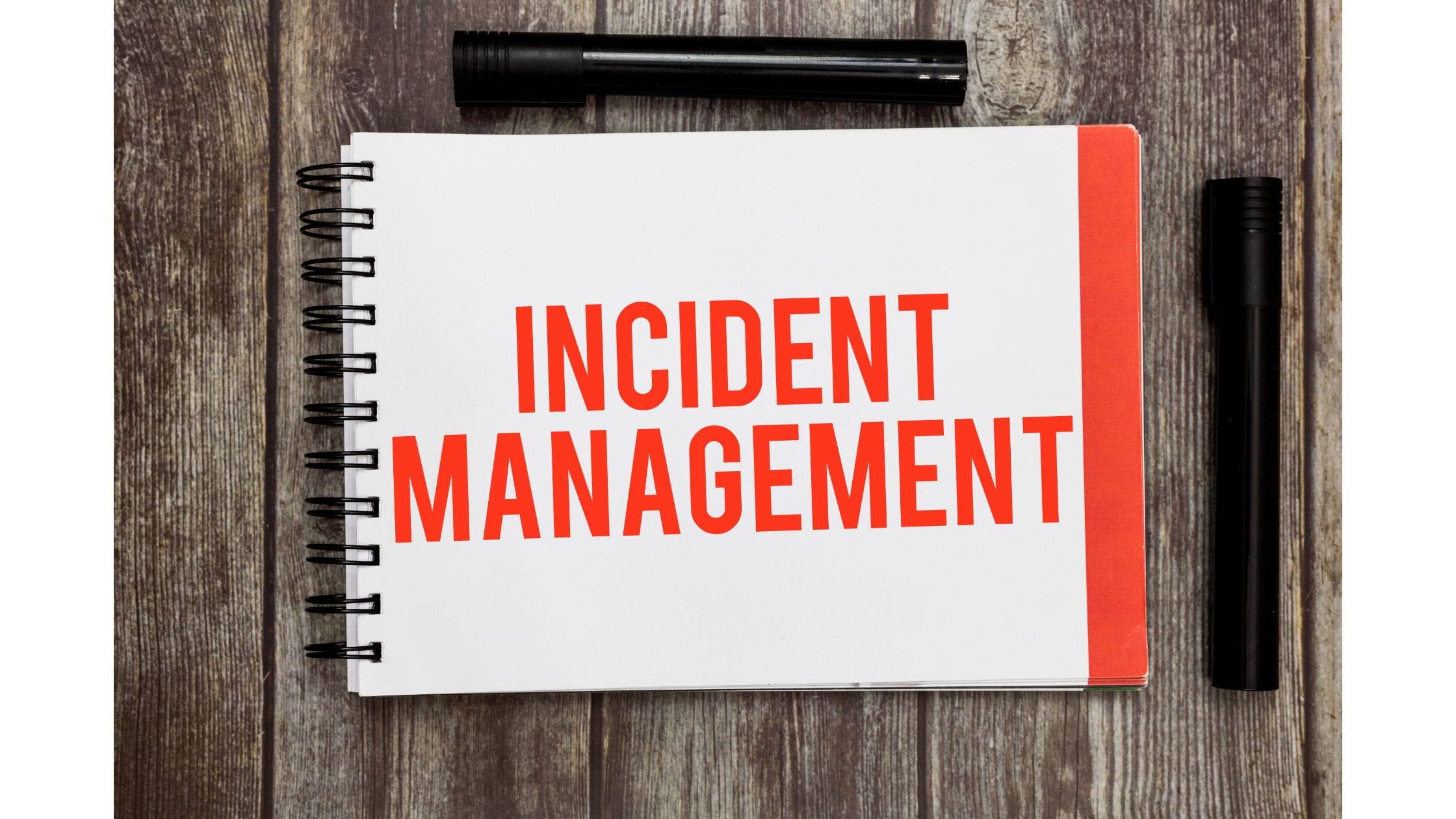What is ITIL Incident Management?
Under the ITIL Framework, an incident is referred to as an unplanned interruption to a service or reduction in the quality of service.
What does Incident Management do?
Incident Management's purpose is to minimize the negative impact of incidents by restoring normal service operations as quickly as possible.
Incident Management is a vital function in an organisation and can have an enormous impact on customer and user satisfaction. They also can be looked upon as ambassadors for the business when users perceive the service provider.

All incidents should be logged through the service desk and recorded in order to be managed to ensure that the issue is resolved within the time frame of the service level agreement.
Incidents need to be prioritized based on the agreed classification to make sure incidents with the highest impact are treated urgently and resolved first.
In order to ensure appropriate management and resource is allocated to different types of incidents, the management practice has to be designed to fit this purpose.
Its essential for incidents with low impact are to be catered for and efficiently managed to ensure too many resources are not consumed to resolve them.
Incidents that are high impact require more resources and management to facilitate and resolve the incident efficiently and quickly.
Most organisations will have a tool to record incidents to store them for information recording and auditing purposes. The idea is to link related CI's, changes, problems, known errors and other knowledge to enable efficiency when analysing and diagnosing the solution.
Updating incident records
Quality updates - It's important that quality updates are being recorded on the incident regularly in a timely fashion by individuals working on it.
Update criteria - The updates should include information regarding the symptoms, and any actions completed and planned. It's also important that a timestamp is associated with each update and the individual's name who posted it.
Collaboration Tools - It's also important collaboration tools are available so that individuals can work on an incident and collaborate effectively
The different paths of Incidents
All sorts of individuals in an organisation can help diagnose and resolve incidents, depending on the complexity of the issue or the incident type. It's very important, whether these individuals belong to a particular group and are aware of the incident management process. Their support and contribution help manage the outcomes, costs, value and risks of the services provided.
Did you know that some incidents can be resolved by users themselves? Users can use self-help records which will help capture measurement and improvement activities.
Individuals on the service desk can resolve some incidents
If some incidents are found to be very complicated they can be escalated to a technical support team to resolve. All incidents should have a category associated to help identify the correct team responsible for fixing the issue.
Incidents can be escalated to suppliers or partners, who offer support for their products and services.
Some incidents or major incidents may be complex and will require a number of different individuals or a team to work together to identify the resolution. This team can include many different stakeholders including the service provider, suppliers, users, etc.
There may be a situation in extreme cases where disaster recovery will have to be invoked to resolve an incident.
Collaboration with Incident Management
Incident management can be effective when there is a high level of collaboration within and between teams.
- Service Desk
- Technical Support
- Application support
- Vendors
When the teams collaborate, knowledge can be passed on while sharing information as well as helping to resolve the incident efficiently and effectively
Swarming
Swarming has been a new technique introduced to many organisations to help manage incidents. This will involve a group of different stakeholders working together to try and fix the problem within the SLA in an effective manner.

Third-Party
When organisations use third-party products as part of a service, support agreements that align with the obligations of the supplier need to be committed by the service provider to the customers. Incident management will need to work alongside and interact with these suppliers often as part of the incident management practice. Suppliers may also have service desks that require logging and managing all incidents and work the same way as any other organisation that uses the incident management method when escalating issues to experts or other parties.
Managing Incidents
It's imperative that there are formal processes for logging and managing incidents. This doesn't require how to investigate, diagnose and resolve incidents. The key is to ensure a process is put in place to make the overall investigation and diagnoses more efficient. Having a call logging script that ensures the right information is collected when associated with an incident after a call with a user may lead to the correct diagnoses and resolution of some incidents. This can also secure more time-saving in the first instance than other individuals having to ask the question to find out more information.
Improving Incident Records
In order to improve the process of incident management, providing key input into incident records will add value in terms of incident frequency and severity
Engage - Incidents can be viewed by anyone, even the customer. Communication on a regular basis to understand the issues and set expectations while providing updates and agreeing the issue has been resolved to closure shows good incident management.
Design and Transition - Incidents may happen in test environments as well as part of a release and deployment. The practice ensures these incidents are resolved in a timely and controlled manner.
Obtain/build Incidents may occur in development environments. Incident management practice ensures these incidents are resolved in a timely and controlled manner.
Deliver and support Incident management makes a significant contribution to support. This value chain activity includes resolving incidents and problems.






